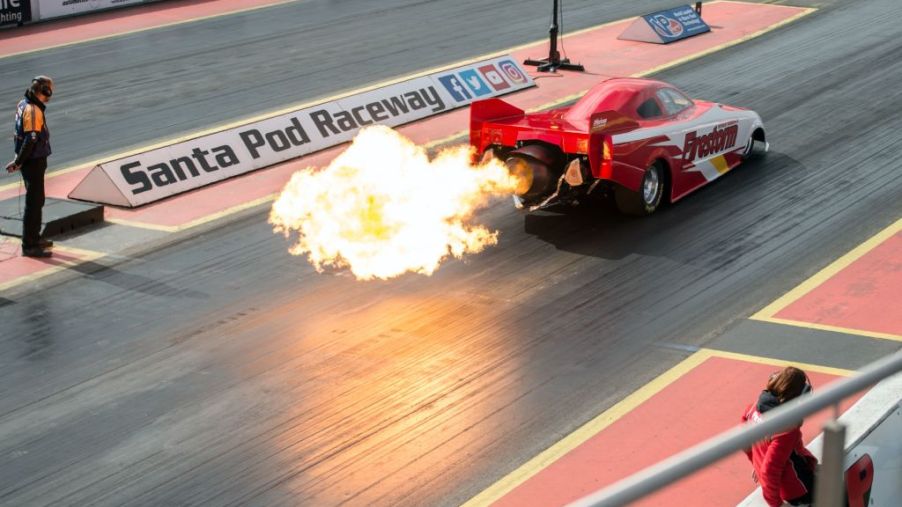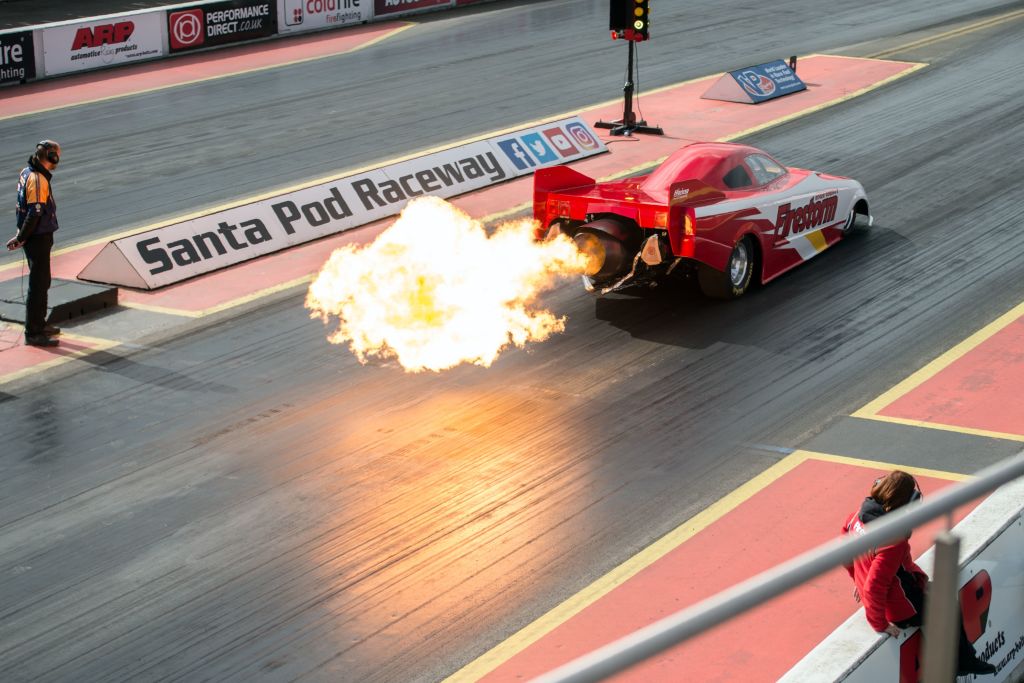
Why We Don’t Have Jet-Powered Cars
It wasn’t all that long ago that America as we know it was obsessed with jet engines. Obsessed. American workers wanted to put jet engines in anything: locomotives, cars, airplanes, submarines, just about anything that needed power to move itself.
The jet engine was a work of art, to many, because it completely changed the way that we think about air travel: from long flights filled with noise, exhaust fumes, and turbulence to the smooth-sailing six-hour jaunts we’re familiar with today.
There’s no doubt, then, that Americans were eager to get jet engines inside of other things that moved, such as cars. Yet we don’t have jet-powered cars today. Why weren’t we able to turn our obsession into something productive, like a highly-evolved jet-powered vehicle?
Where did the idea for jet-powered vehicles come from?

When you think of jet-powered vehicles from the past, the name that’s most likely to come to mind is Chrysler. According to Autotrader, “Chrysler built their first turbine-powered car in 1954 (a Plymouth Belvedere), but the most famous vehicles were the 1963-1964 Chrysler Turbine Cars.”
The Chrysler turbines had orange paint, bulkily-built bodies, and distinctive jet-themed styles, so at the time, they looked almost like spaceships or something else that was extremely futuristic and technologically advanced.
However, the turbines were not without their own set of problems. They had a very slow throttle response as well as absolutely dreadful fuel economy. And even though the engines could run on any flammable liquid, drivers stayed clear of gasoline as it could leave deposits that might damage the turbine blades.
Chrysler eventually abandoned its experiment and all we are left with is model versions, restored glories, and photographs to remind us of what once was.
Why don’t we have jet-powered cars today?
Today, jet-powered cars just aren’t a feasible reality, as can be seen by Chrysler’s failed experiment with jet-powered vehicles. In reality, the turbines used nearly as much gas while they were idling as they did when they were flat out roaring down the highway.
That kind of fuel economy wasn’t reasonable back then, so there’s no way that drivers would shell out that much money for gasoline or another alternative fuel source today.
Plus, other categories of cars have taken center-stage, and that’s where the science and research has been devoting its time and energy. The popularity of hybrids was a huge shock to the market in the early 2000s and most companies piled all of their resources into developing the next best hybrid vehicle, so they weren’t all that concerned with developing a jet-powered car.
Yet some car enthusiasts remain obsessed with the idea of building and driving a jet-powered vehicle, and for their sake, we have to ask, is there a future for jet-powered vehicles?
In the future, will jet-powered cars be a reality?
While some disbelievers don’t think jet-powered cars will ever become the hot commodity that they were envisioned to be, others hold out hope that someday, someone will create a jet-powered vehicle so they can treasure the experience of driving one.
In fact, Autotrader writes that, “as recently as 2010, Jaguar showed the C-X75 concept car, which used two diesel-fueled “microturbines” to produce power for its four electric motors.”
So perhaps a version of a jet-powered car will become available in the near future, but it probably will be designed to complement another model of vehicle.
In fact, it’s possible that a combination of a hybrid vehicle with a jet-powered car could be the answer to the terrible fuel economy of the turbines. The car that almost killed the jet-powered car trend forever may actually end up being its saving grace.


